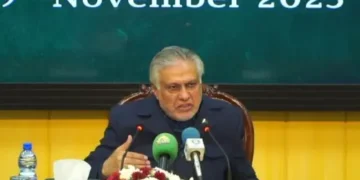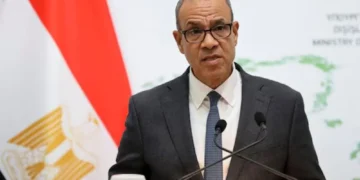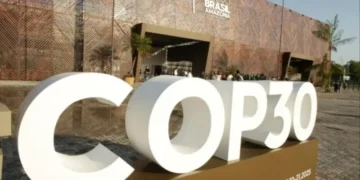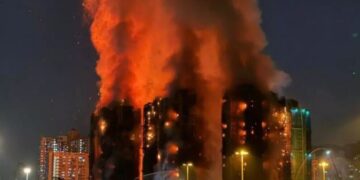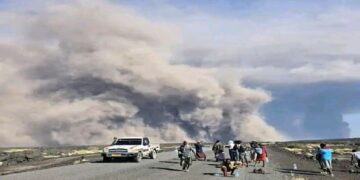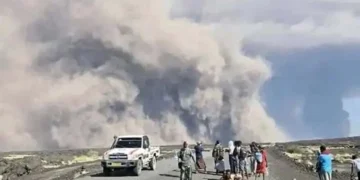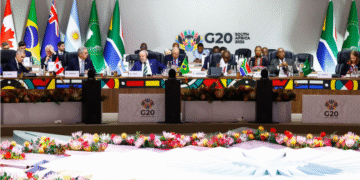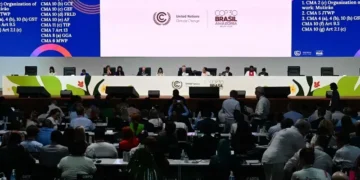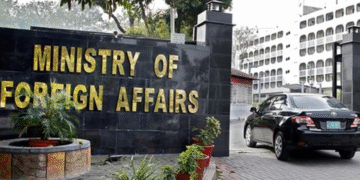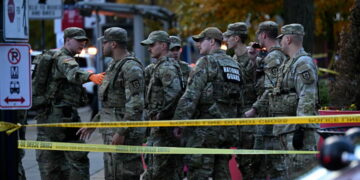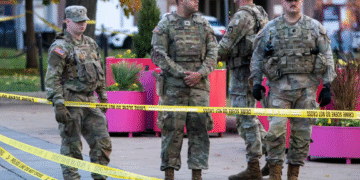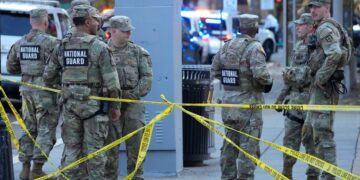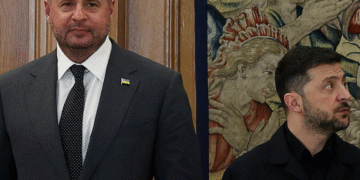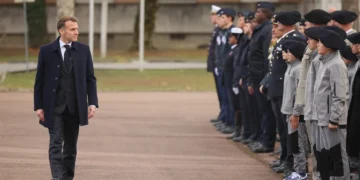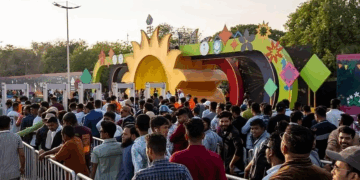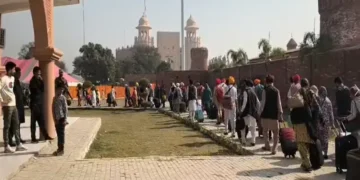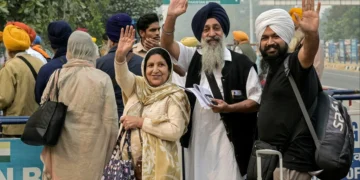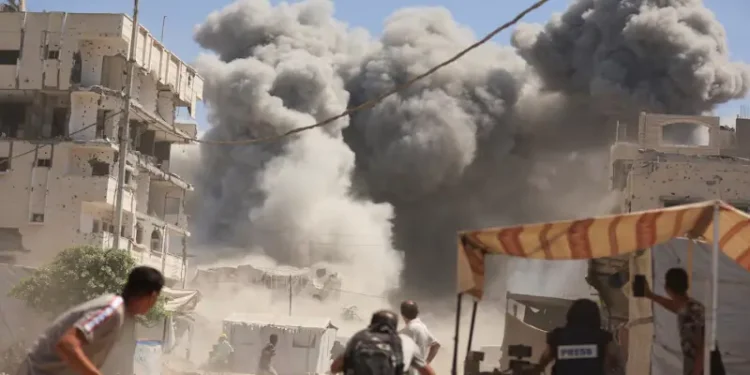Web Desk: Israeli forces have destroyed at least 30 residential buildings in Gaza City, displacing thousands of Palestinians, local officials reported on Sunday. The escalation came as U.S. Secretary of State Marco Rubio arrived in the region to discuss the future course of the conflict with Israeli leaders.
Israel has announced its intention to seize Gaza City, where roughly one million Palestinians are sheltering, and has stepped up its bombardment in recent days. Rubio said Washington’s focus was on securing the release of 48 hostages still held by Hamas in Gaza, 20 of whom are believed to be alive, while also discussing reconstruction of the battered coastal enclave.
“What’s happened, has happened,” Rubio told reporters before leaving for Israel. “We’re going to meet with the Israeli leadership and talk about what the future holds.” He is expected to remain in Israel until Tuesday and, as part of his visit, planned to join Prime Minister Benjamin Netanyahu at Jerusalem’s Western Wall prayer site.
Tensions between Israel and its allies have also been heightened by last week’s strike in Qatar, a key U.S. partner. American officials described the attack as a unilateral Israeli escalation that undermined both U.S. and Israeli interests. On Friday, Rubio and President Donald Trump met with Qatar’s Prime Minister Mohammed bin Abdulrahman Al Thani to address concerns about the widening scope of the conflict.
Meanwhile, Netanyahu signed an agreement to advance settlement expansion in the occupied West Bank, cutting across land claimed by Palestinians for a future state. The United Arab Emirates warned that the move could jeopardize the U.S.-brokered Abraham Accords, which normalized relations between Israel and several Arab states.
Humanitarian agencies are warning of catastrophic consequences should Israel capture Gaza City. Malnutrition is already widespread, and the enclave’s health ministry reported that two more Palestinians, including children, died from hunger-related causes in the past 24 hours. This brings the death toll from starvation and malnutrition to at least 422 people, among them 145 children.
Earlier this year, Israel imposed an 11-week blockade that prevented all food deliveries into Gaza. While limited aid has been allowed since late July, the United Nations has stressed that the supplies fall far short of the population’s needs. Israel has urged civilians to evacuate Gaza City ahead of an expanded ground offensive, but hundreds of thousands remain, despite tens of thousands having fled southward. Hamas has called on residents not to leave.
Israeli troops have already been operating for weeks in at least four eastern suburbs of the city, reducing three of them to rubble. The military is now moving toward central and western districts, where many displaced families are taking refuge.
Yet, residents say the designated humanitarian zone in the south lacks space and safety. Some cannot afford to relocate, while others are waiting to see whether Arab leaders meeting in Qatar on Monday will pressure Israel to halt its plans.
“The bombardment intensified everywhere, and we took down the tents — more than twenty families — but we don’t know where to go,” said Musbah Al Kafarna, a displaced resident of Gaza City.
Israel’s military claimed to have carried out five waves of strikes over the past week, targeting more than 500 locations, including suspected Hamas positions, tunnel networks, and weapons storage sites. Palestinian officials, however, reported that at least 40 people were killed across Gaza in the latest bombardment, 28 of them in Gaza City alone.
Hamas said Israeli forces have demolished at least 1,600 residential buildings and destroyed 13,000 tents since August 11. Overall, Israel’s nearly two-year-long offensive against Hamas has left more than 64,000 Palestinians dead, according to local authorities.



